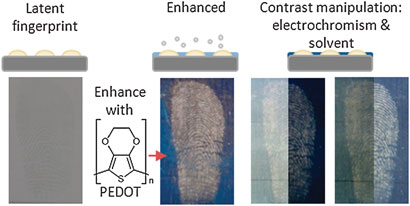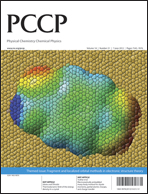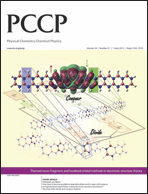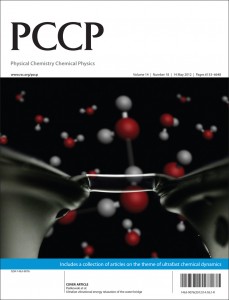PCCP themed issue: Plasmonics and Spectroscopy
Guest Editors: Pablo Etchegoin (Victoria University of Wellington, New Zealand), Richard Van Duyne (Northwestern University, USA)
PCCP is delighted to announce the high-profile themed issue ‘Plasmonics and Spectroscopy”. It is our pleasure to invite you to submit an article for this themed issue.
The themed issue will be published in PCCP in 2013. It will receive great exposure, and get significant promotion.
Deadline for Submissions: 1st November 2012
The symbiosis between plasmonics and spectroscopy has seen an enormous progress in the last ten years. The ability to produce tailor-made plasmonic substrates to enhance different types of spectroscopic signals (from small changes in optical absorption in surface-plasmon resonance spectroscopy, to controlled nano-gaps for single molecule detection in SERS) is ever increasing in breadth and sophistication. This experimental progress is accompanied and supplemented by large amount of theoretical work, which is aimed at understanding the enhancement factors, propagation, localisation, and coupling of plasmon resonances in nano-structures. This issue will cover all aspects (experimental and theoretical) where plasmonics is used as an aid to optical spectroscopy in its broadest definition.
Topics covered by this themed issue include:
• Surface plasmon resonance spectroscopy (SPR)
• Surface-enhanced fluorescence (SEF)
• Surface-enhanced Raman scattering (SERS)
• Design and characterisation of plasmonic structures for spectroscopy
• Theoretical aspects of plasmonics for spectroscopy
• Biological applications
• Applied topics of ultra-sensitive spectroscopy via plasmonics.
Manuscripts can be submitted in any reasonable format using our online submissions service.
Submissions should be high quality manuscripts and will be subject to rigorous peer review.
Please indicate upon submission that your manuscript is intended for this themed issue.



















